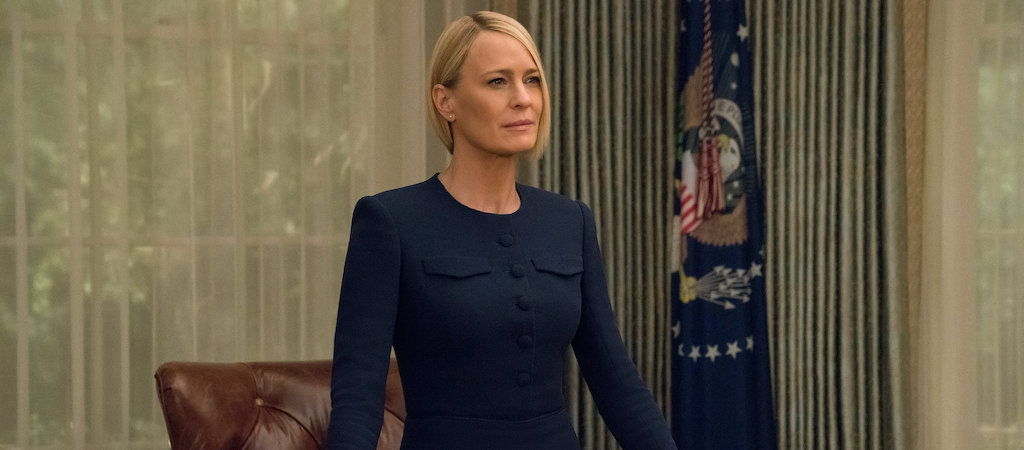
It’s hard to believe that it was only eight years ago, but before 2013, we all watched new episodes of television the same way: Once a week, as they were released. We had to wait seven days in between every episode of Mad Men or Breaking Bad or The Sopranos. We often had to wait two or three weeks (or more) between episodes on broadcast networks. Binge-watching new television was unheard of, and if you’d asked at the time, most people in the TV industry would have called it sacrilege. In fact, some even suggested this “extreme” model would lead to the death of TV.
The truth, however, is that binge-watching had existed for years, although before 2013, we called them TV marathons. MTV might air a full season of America’s Top Model on a Saturday, or AMC might air the 20 back-to-back episodes of The Walking Dead or Comedy Central would air hours-long blocks of Scrubs. Netflix, meanwhile, turned those isolated marathons into binges. AMC aired Breaking Bad and Mad Men weekly, but recall that — especially with Breaking Bad — most viewers caught the first three or four seasons on Netflix in hours-long binge sessions. Little-heard-of comedies like Party Down, meanwhile, became cult hits because viewers would watch entire seasons of it on a Saturday afternoon.
Still, until 2013, the idea of releasing every new episode of a television show at once — without dozens of commercials in between every episode to promote the show — was almost unthinkable. That is, until House of Cards, Netflix’s first major original series, came along. Ted Sarandos — the co-chief executive officer and chief content officer for Netflix — was on the Smartless podcast this week, and he explained that Netflix knew from the beginning that it would have to get into original content game, which even at the time was novel for the streamer. Sarandos reasoned that streaming television would be the future, and while the platform made most of its money airing reruns of other network’s content, they knew that at some point, networks like AMC and HBO and NBC would create their own platforms and stop licensing their content to Netflix.
That’s why Netflix spent $100 million on House of Cards, which would ultimately lead to Netflix becoming the biggest powerhouse in content today. However, at the time, releasing all the episodes at once was an afterthought, according to Ted Sarandos. “I never even thought about it,” he said. “It was the happy accident of happy accidents. When we finished the season [of House of Cards], and we were about to launch, somebody asked how we were going to put it out.”
“We had a meeting,” Sarandos continued, “and they asked, ‘How are you going to release it?’ and I said, ‘How do you mean?’ And they said, “one a week? Four a month?’
“I said, well, everything on Netflix we got it a season after it was on TV and we put up the whole season. And I said, well, we can’t have one show that comes out one a week and everything else all at once, so let’s just release [House of Cards] all at once and see how people watch it.”
And that’s how the binge-model was born, by “happy accident.” The data that Netflix had also backed up the move, with Sarandos saying, “some people watched two and some people watched three, but no one watched just one a week.”
House of Cards, however, wasn’t actually the first Netflix original series to go adopt the binge model. That honor went to the lesser-known series Lilyhammer, from Stevie Van Zandt, best known as a member of Bruce Springsteen’s E Street Band and as Silvio Dante in The Sopranos. Sarandos actually had to have a phone call with Van Zandt to explain what was happening, and Van Zandt said, “Wait a minute, wait a minute! We just spent nine months of our lives making a show, and you’re just going to dump it all out at once?”
“And I said, ‘Yeah, just like an album,’ Sarandos said.
It changed the industry. By the end of 2013, binge-watching a new show no longer seemed “weird or unusual.” Netflix had completely normalized it.
Source: SmartLess
